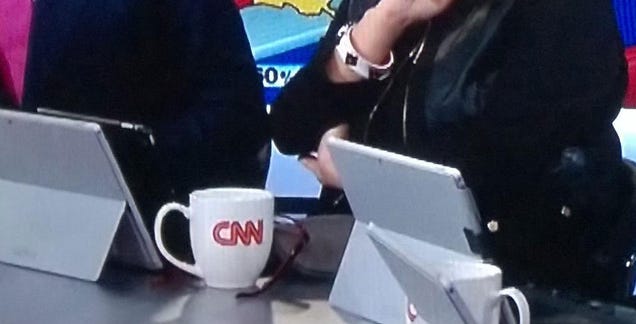This was written when I was working for IBM, so that’s why there are the protestations.
I suppose I should begin this one by reminding everyone that, while I am an employee of IBM, what I write here are my own thoughts and opinions and do not necessarily reflect the position of IBM on these matters.
So, I’m trying to enjoy my morning cup of tea and I come across this article from Reuters and many others talking about a new and mysterious deal that Microsoft has signed, this time with Amazon, to protect them as users of Linux. A lot of speculation went up about similar deals done with TomTom and Novell. In the case of TomTom it seems pretty certain that the issues had something to do with their use of the FAT file system. The others are more mysterious.
My preferred solution for TomTom was for them to switch to an open file system, like ext3, and then load an ext3 driver onto Windows as part of their software installation. I understand that the Windows driver may need a little work, but it would be nice to pay that money to open development rather than into Microsoft’s protection plan.
I’ll admit that I’m someone who is primarily curious about technology and what I can make it do. I’m probably pretty naive when it comes to matters of big law and big business. Yet I just don’t understand this game that is being played about the dark secret that Microsoft has about Linux.
I envision this scene in a conference room where a group of lawyers and business executives all sit around the table. Someone speaks:
“We’ve examined this issue in great detail. We’ve had our patent lawyers search and we just don’t see what the issue is with Linux in our environment. We don’t see why we should sign this deal.”
Another figure across the table, dressed in an elegant, yet timeless way, with piercing eyes and a face that will reveal nothing but mild amusement responds in silvery tones.
“I understand. It is a confusing and difficult matter at best.”
“So you’ll have to pardon us if we just don’t understand the benefits of this deal. We’re going to need to see exactly what you are talking about.”
“But of course. That is to be expected.”
The figure raises a gloved hand and snaps his fingers. A misshapen little man comes in bearing the weight of an ancient looking, ornate box and lays it gently on the table, as though he is afraid to disturb the contents. His gaze turns to the man who summoned him, his body wracked with anticipation.
A cold, soulless smile breaks across the face of the figure at the head of the table. “I think that this will make everything clear.”
The little man opens the lid of the box and the conference room is bathed in a sickly green light. The executives and lawyers turn pale as each man finds his own place between utter terror and total astonishment. After a few moments the box is closed again. Each man looks at another, trying to make sense of what he has just witnessed and imagining what would happen if such a thing were unleashed against the world. The feeling slowly fades and, with resignation, men reach for their pens.
OK. That’s probably a little melodramatic and reveals more than is necessary about my choices of fiction. Yet,based on the information that I’ve been able to determine about the so-called infringements of Linux and open source I can’t throw it out completely. I followed the previous attacks on Linux and open source and they really seemed to lead nowhere.
I certainly don’t think that this is the time to develop unfounded fear, uncertainty, and doubt about the future of open source. I think that many analysts and people who thrive on conflict for the sake of conflict will try to make you think that “the big one is coming.” I think that many people selling something will try to convince you that you need to buy a little insurance. I would rather that you look at great examples like the Ernie Ball corporation who made the move to Linux and open source years ago and never looked back. There are other companies that have happily made the move. (Here’s an incomplete list.)
Again, I’m not speaking for IBM. If you want to know the IBM position, watch for the press releases, if any. I speak to you as someone who has happily used open source software for years now. I know that it works. It gets better for me every day. It’s not to be feared, but embraced and enjoyed because it really will change your use of technology forever.
